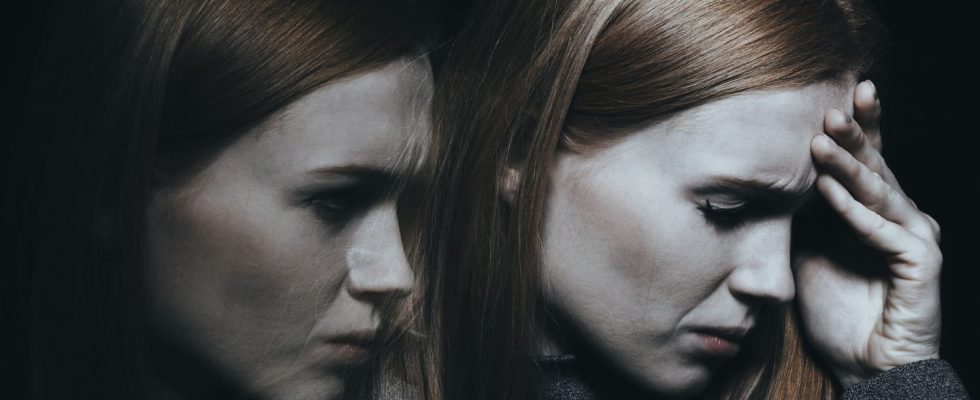PCP (Phencyclidine) is a hallucinogenic and anesthetic drug that has been called a “zombie drug” (like other drugs). Diverted from its medical function, it is particularly devastating from the first takes.
PCP, for phencyclidine, is an emerging drug diverted from its medical function and particularly devastating which belongs to the family of New Synthetic Products (NPS). At a time hallucinogenic and psychostimulant, it can be dangerous for health from the first intake.
PCP, or phencyclidine, is initially a medication anesthetic developed in the 1950s and which is no longer used in human medicine because of its significant side effects causing agitation and confusion. It is illegally synthesized and sold under the name “gull dust” or “ozone”, especially on the darknet and in the USA. It is frequently associated with cannabis, LSD, amphetamines or cocaine. It comes in the form of a crystalline white powder with a bitter taste. It is sold in the form of tablets, capsules or powder. It can be smoked, snorted, ingested or injected intravenously. There are no figures yet on its consumption which remains very anecdotal in Europe but much more frequent in the USA.
PCP consists of phencyclidine, that is to say 1-(1-phenylcyclohexyl)-piperidine, a molecule which belongs to the family of cyclohexylamines, a powerful psychodysleptic, just like LSD.
PCP is sometimes referred to as the “zombie drug” due to news stories in the United States. Thanks to its very powerful anesthetic properties, it has made it possible for certain consumers not to realize that they had been shot or that they had lost a limb, for example. It can also trigger a psychotic crisis with hallucinations and delirium that led a user, still in the United States, to kill and eat the body of his girlfriend.
PCP usually takes a few minutes after taking and lasts from 2 to 48 hours. The effects depend on the dose consumed.
- In low doses, it acts as a stimulant causing restlessness, excitement, impaired coordination, rapid breathing, and increased blood pressure and sweating. It is also progressively hallucinogenic and causes body image distortion, thought disturbances and pain anesthesia. Its effects resemble a psychosis close to schizophrenia with amnesia, diarrhea and abdominal pain.
- At higher doses, it becomes sedative and sends the consumer into a dangerous coma with convulsions, fever, hypersalivation, vomiting and a drop in blood pressure. Due to its very slow action, it can cause a withdrawal syndrome several days after taking with sadness and intense anxiety. Hospitalization may be necessary in some cases due to the severe effects of PCP in some people, including healthy young people.
With regular use, the consumer can fall into a form of addiction, that is to say, he needs to increase the doses and the frequency of his consumption to feel the same effect. He quickly develops chronic insomnia, anorexia, depression with some suicidal thoughts, a psychosismemory impairment, confusion, and language disorders. All of these effects may persist for several months after the last dose. In adolescents, it may also be associated with a growth retardation and learning disabilities.
From the first dose, because of the violent withdrawal syndrome that can occur several days after taking it, it is not uncommon for the consumer to start using PCP again or many other drugs to help him. A dependency thus develops and which results in the need to increase the doses and the frequency of consumption to feel the same effect and relieve the withdrawal syndrome. The consequences on personal and professional life are generally rapid and can lead to precariousness, financial, family and legal difficulties.
There is no specific pharmacological treatment for the symptoms associated with PCP consumption. When addiction sets in, treatment by an addictologist is recommended, whether in private practice, in a hospital or in a CSAPA (Centres for Care, Support and Prevention in Addictology). An anxiolytic treatment can be proposed to help manage the descent phenomenon and the anxiety that has set in. Certain therapies such as CBT (Cognitive and Behavioral Therapy) have proven themselves in this type of addiction.
The consumption of PCP concerns habitual consumers of other drugs such as LSD for example. Among the “risk reduction” advice for users who cannot be prevented from consuming, it should be noted that it is not recommended to combine several drugs at the same time, that it is always necessary to start its consumption with the smaller dose leaving at least 1 hour before resuming. Do not hesitate either to consume accompanied by someone who can give the alert in case of loss of consciousness and coma.
